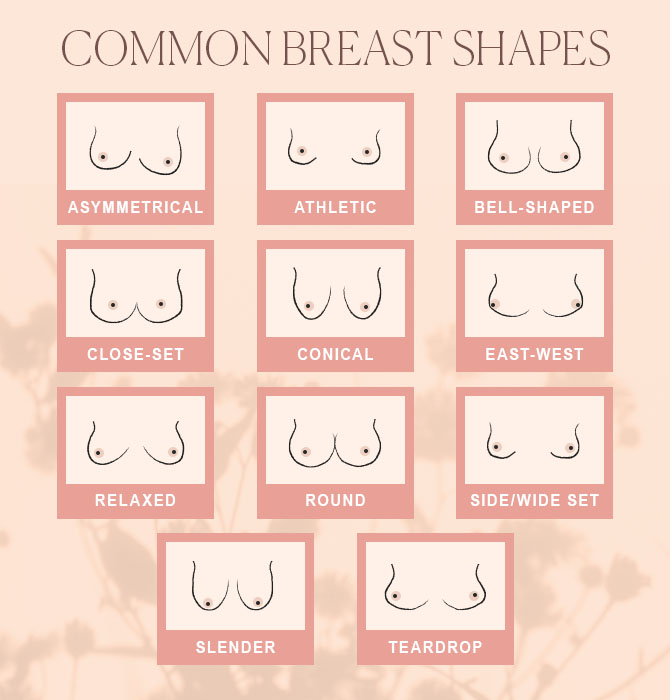But do you know about the anatomy of the female breast? When should you expect changes to breast size and shape? And how do you know what changes are normal and when to see a health care provider if you have problems?
Female Breast : The Basic
The medical name for breast is mammary gland. Each breast consists of tissue overlying the chest wall muscles (the pectoral muscles). In women, the breasts are composed principally of specialised tissue (glandular tissue) that produces milk. The remaining part is made up of fatty tissue. In humans, breast tissue begins to enlarge at puberty. This is unlike other primates, where breast tissue only enlarges during milk production.
- Fatty tissue gives breasts their size and shape.
- Fibrous tissue provides support and structure to the breast.
- Glandular tissue is the part of the breast that produces and carries milk.
Both men and women have nipples and breasts. The difference is that men's breasts do not have the tissue called lobes that produce milk.
The average female breast weighs between seven and 10 ounces and is mostly made up of 12 to 20 lobes that spread out from the nipple like the spokes in a bicycle wheel. These lobes each have one central duct that opens at the nipple, through which milk exits.
Understanding female breast from the inside out
On the inside, women's breasts are made up of the milk-producing glandular tissue, milk ducts that carry breast milk to the nipples and fatty tissue. In fact, the amount of fat determines the size of the breast. The female breast also contains blood vessels, lymph tissue, lymph nodes, a complex system of nerves and connective tissue and ligaments that provide support to the breast and give it its shape.
Although women's breasts vary a lot in size and shape, they all are made of the same parts. On the outside, breasts are covered by skin, which contains the areola (the pink/brown circle that surrounds the nipple); the nipple; and the Montgomery glands (small, raised bumpy glands on the areola that are usually only noticeable during pregnancy and breastfeeding). Montgomery glands produce a substance that cleans, moisturizes and protects the nipple and areola during breastfeeding.
Breasts and hormones go together
The same hormones that trigger your period — estrogen and progesterone — rise and fall with your menstrual cycle, causing your breasts to change in size, shape and feel throughout the month. They are also responsible for the tender, lumpy, swollen and painful breasts you may experience just before your period. When women reach their late 40s and early 50s and approach menopause, they often experience a change in hormone levels that causes the breasts to appear smaller and less full.
Get the Complete Total Enhancement Breast Therapy Without Surgery Today!












